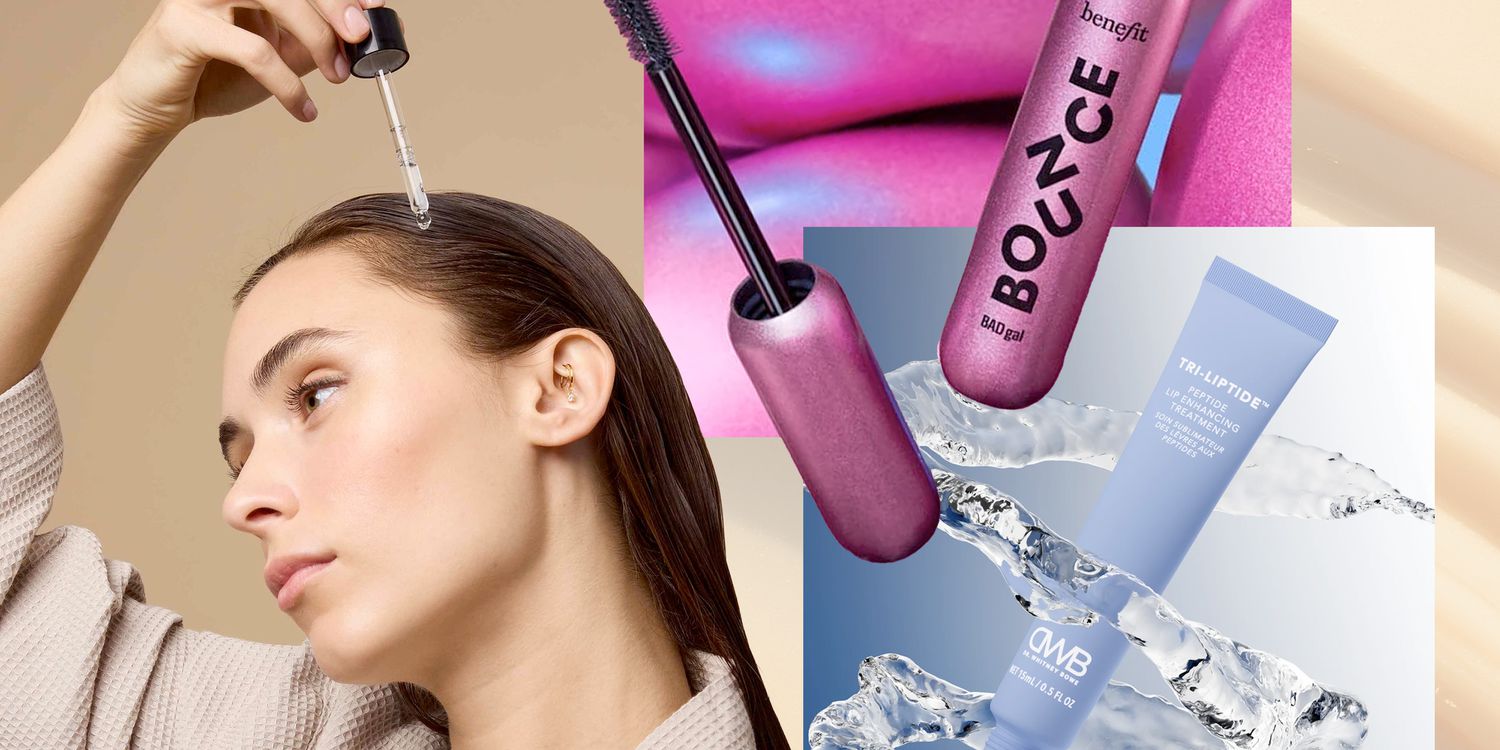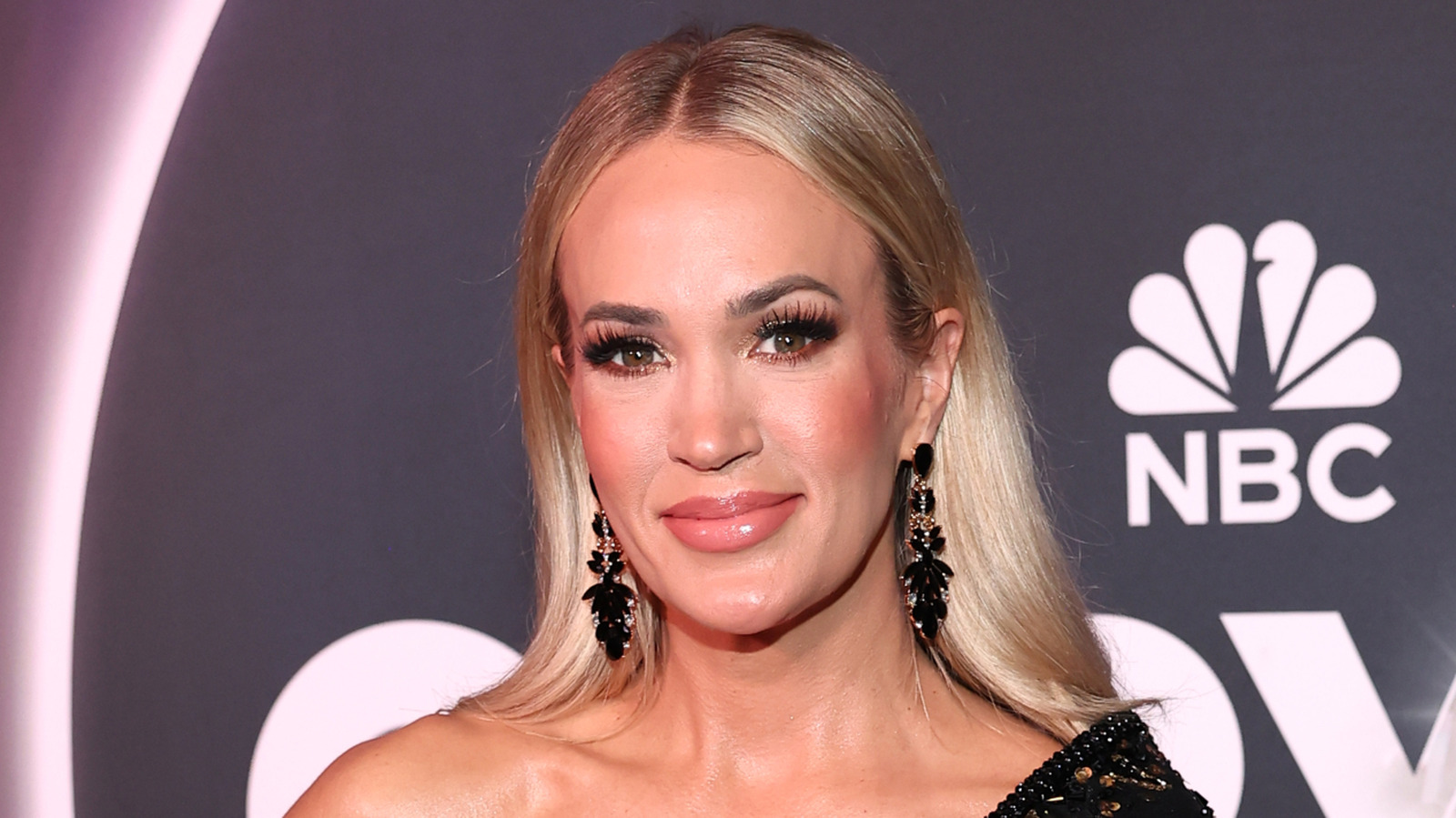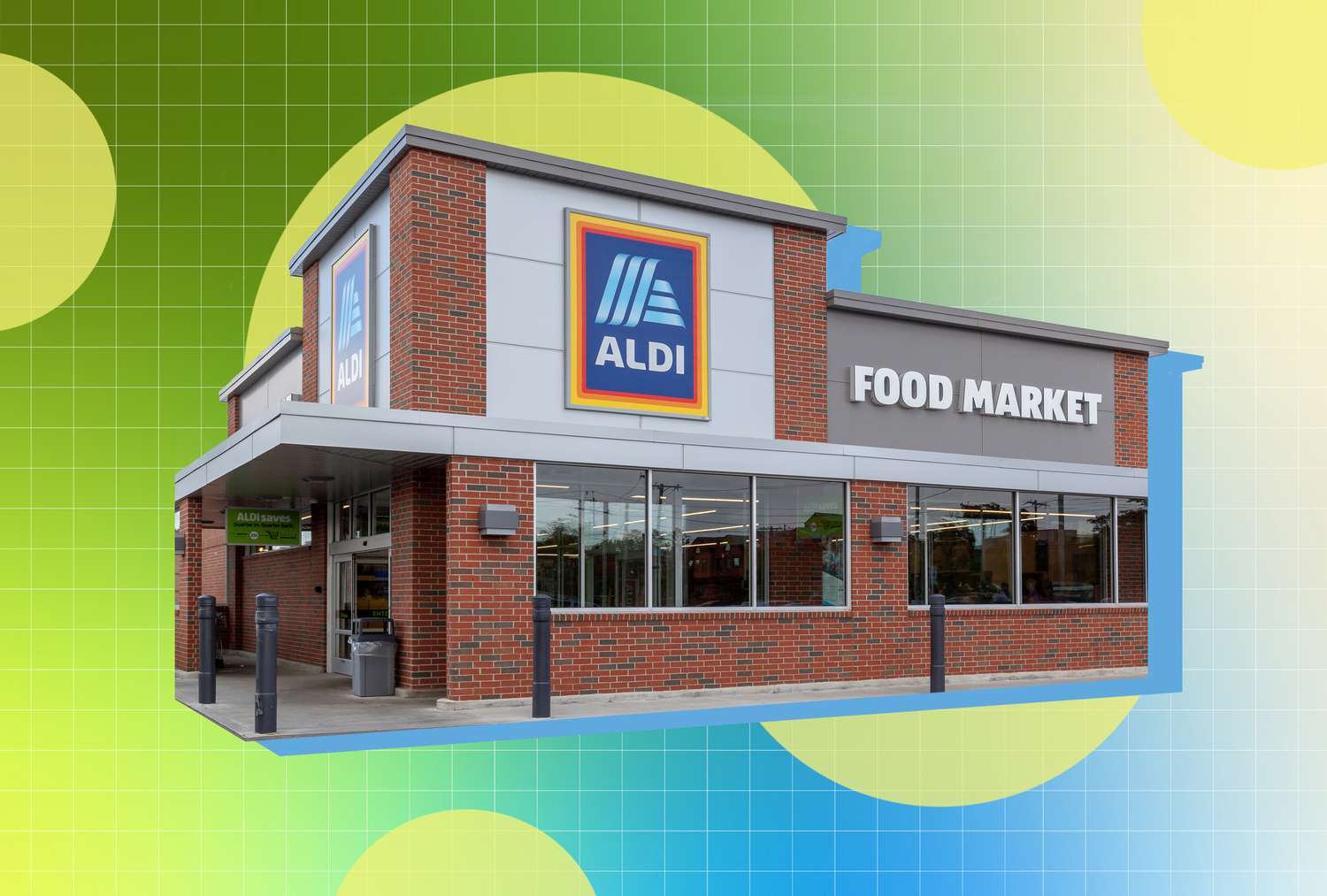
Do Prebiotic and Probiotic Sodas Live Up to the Hype? Nutrition Experts Weigh In
Key Takeaways
- Probiotics are live bacteria that help balance the microbiome in your gut.
- Prebiotics are fermentable fiber that fuels the microbes already present in your gut.
- These sodas are healthier, higher in fiber, and lower in sugar compared to traditional soft drinks, but should be enjoyed as part of a balanced diet.
If you’ve recently walked down the beverage aisle at your local grocery store, you’ve probably seen sodas like Poppi, Olipop, and Culture Pop promising to do more than quench your thirst. With buzzwords like “gut-friendly,” “prebiotics,” and “probiotics” plastered across the labels, these fizzy drinks seem almost too good to be true. But do they actually help your digestion? We did some research and consulted registered dietitians to find out the difference between probiotic and prebiotic sodas—and just how healthy these new-age beverages actually are.
- Parker Lane, MS, RDN, registered dietitian and founder of Fig Lane Nutrition
- Cindy Chou, RDN, registered dietitian, chef, and founder of The Sound of Cooking
What Are Probiotics?
Many people don’t know the difference between prebiotics and probiotics. Probiotics are live bacteria that contribute to a diverse and balanced microbiome that exists in your gut. They’re typically highly concentrated in fermented foods you may already have in your diet, like yogurt, kimchi, miso, and even beverages like kombucha. Similarly, probiotics are also found in foods we eat every day like bananas, almonds, and garlic. When consumed, they support digestion and overall gut health and are an essential part of maintaining a healthy digestive system.
What Are Prebiotics?
Prebiotics, on the other hand, are a type of fermentable fiber that serves as fuel for the microbes that are already present in your gut. “People mistake prebiotics as another type of gut bacteria,” says Parker Lane, MS, RDN. “However, prebiotics are not bacteria at all.” They’re actually fiber, an ingredient that is crucial to maintaining health and reducing the risk of many chronic diseases. Lane further explains that about 90% of women and 97% of men do not meet their recommended daily fiber intake, which is about 25 to 30 grams a day, according to the Dietary Guidelines for Americans.
What Ingredients Do These Sodas Contain?
If you take a closer look at the labels on these sodas, you’ll notice that many brands combine both prebiotics and probiotics in a single can. Most sodas get their gut-friendly fiber (prebiotics) from inulin, a type of soluble fiber often sourced from chicory root, cassava root, or sunchoke. The sodas also add a boost of probiotics through several strains of live bacteria, like lactobacillus.
The catch, however, is that not all of the live bacteria will survive the journey through your digestive system. “Most probiotics from these beverages likely don’t make it to the colon, where the majority of our gut microbiome resides,” Lane says. “Many don’t even survive the acidic environment of the stomach.” So while probiotic sodas may introduce live bacteria, they might not be as effective as some people think.
Are These Sodas Actually Good For You?
The short answer: It depends on your expectations. If you’re looking for a lower-sugar swap for traditional sodas and an easy way to boost your fiber intake, they can be a great option. But if you’re hoping they’ll completely transform your gut health, it’s a little more complicated. One of the biggest selling points of prebiotic and probiotic sodas is their lower sugar content compared to traditional soft drinks. A 12-ounce can of prebiotic soda typically contains two to six grams of sugar, while a standard can of soda, like Coca-Cola, has more than 35 grams. So if you’re looking for an alternative to kick that sugar craving, a trip down the healthy drinks aisle may be the best option.
Prebiotic sodas can also help increase fiber intake. Some brands, like Olipop, pack around nine grams of fiber per can, making them a convenient way to supplement your diet and reach your 30-grams-a-day goal. However, these drinks should not be your primary source of fiber. “They may be helpful as a way to gradually add to your dietary fiber intake if you’re not meeting the daily recommendation,” explains Cindy Chou, RDN. “I prefer prioritizing fiber-rich whole foods like fruits and vegetables, which offer a variety of dietary fibers and additional nutrients. The potential benefits [of the sodas] are dependent on the individual, and more research is needed.” While these new options are better than a regular soda, they should be enjoyed as part of a balanced diet.










